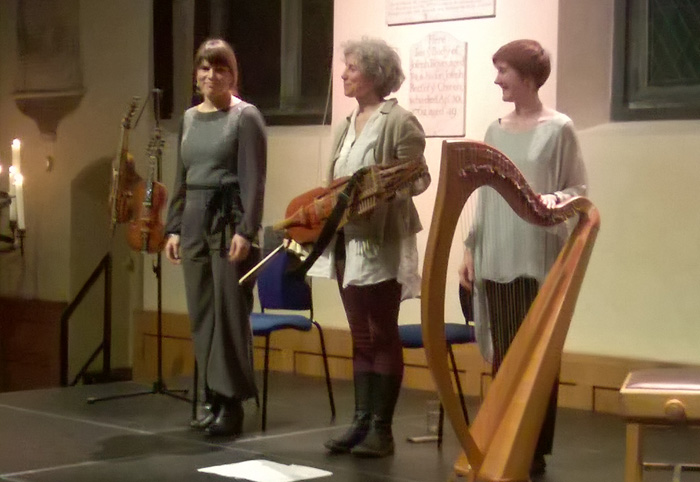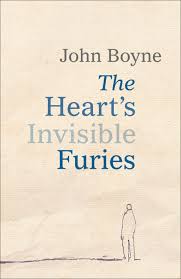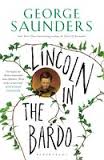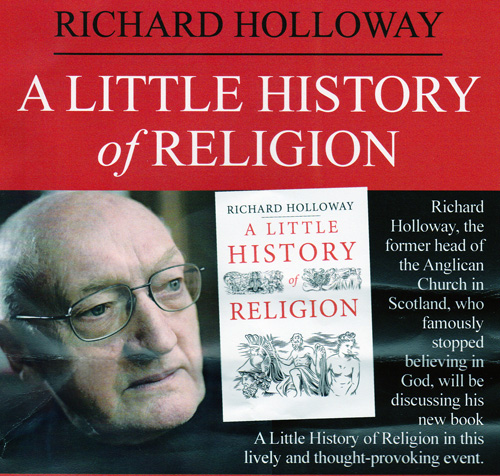
Take three gifted musicians with strange and ancient instruments, put them into a medieval church illuminated by candlelight on a cold, frosty night and get them to play tunes and sing songs about myths and legends inspired by the winter solstice.
Mix all these potent ingredients together and you have a musical seasonal dish that lives long in the memory.
Jean Kelly (clarsach or Celtic harp), Benedicte Maurseth (Hardanger fiddle, voice) and Clare Salaman (nyckelharpa or Swedish keyed fiddle) presented a sublime concert at the National Centre For Early Music, York, last night as the Society of Strange and Ancient Instruments.
The capacity audience were enchanted by the trio’s musical virtuosity and their Scandinavian stories about St Lucia, a third-century martyr who helped Christians hiding in dark catacombs, using a candle to light her way.
The trio also mentioned the dark side of the Lucia story: Lussi, a terrifying enchantress. Legend has it that on the longest night Lussi flies through the sky, amidst smoke and flame, hunting those who have failed to prepare properly for Christmas. She puts her long arms down the chimney, blows out the candles and hits the lazy and work-shy with her hand, causing immediate paralysis.
So the message from last night’s concert is crystal clear: don’t put off your Christmas preparations. You have been warned!



